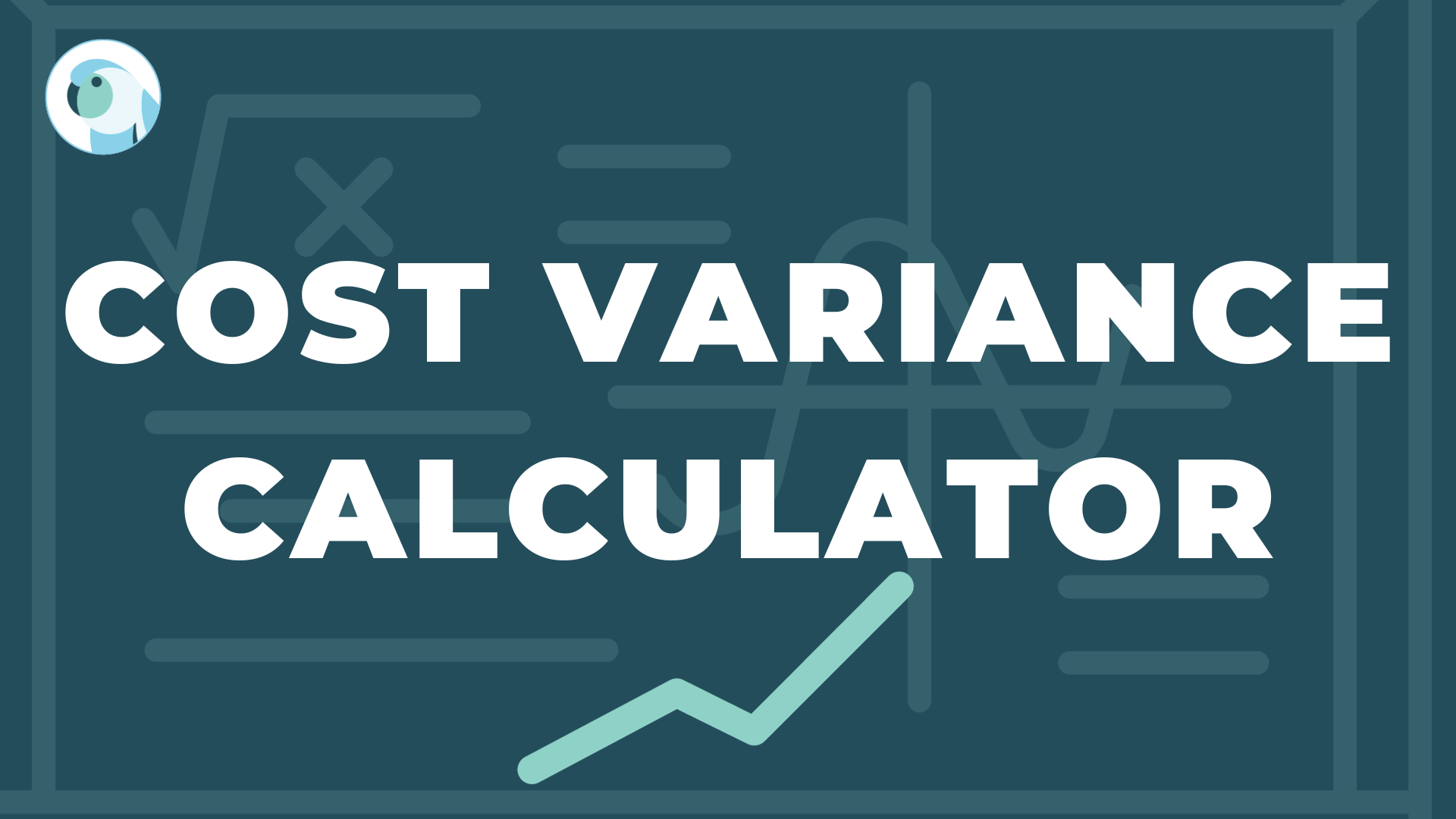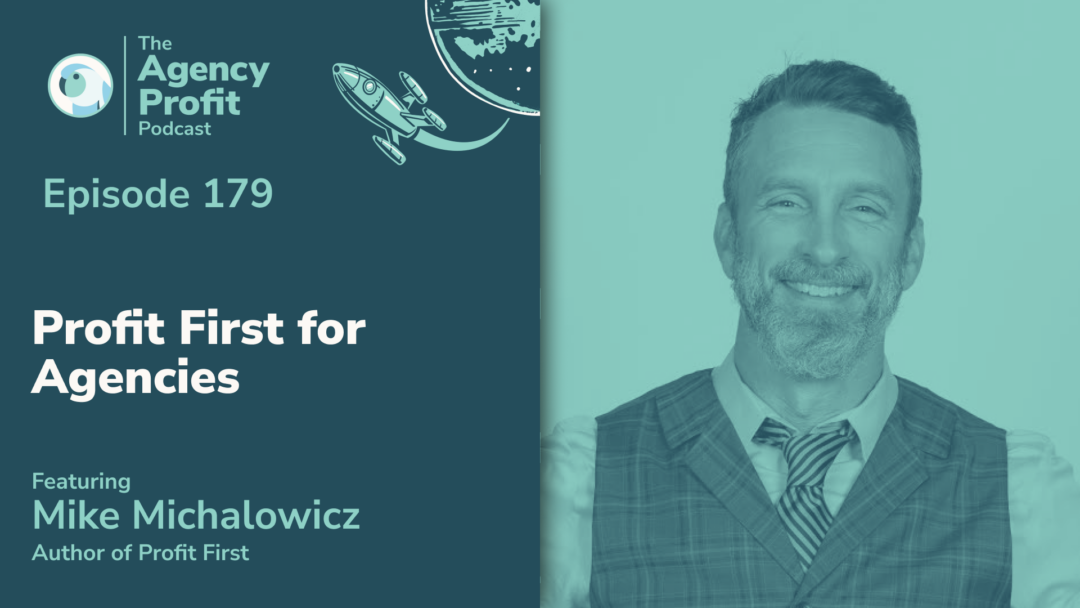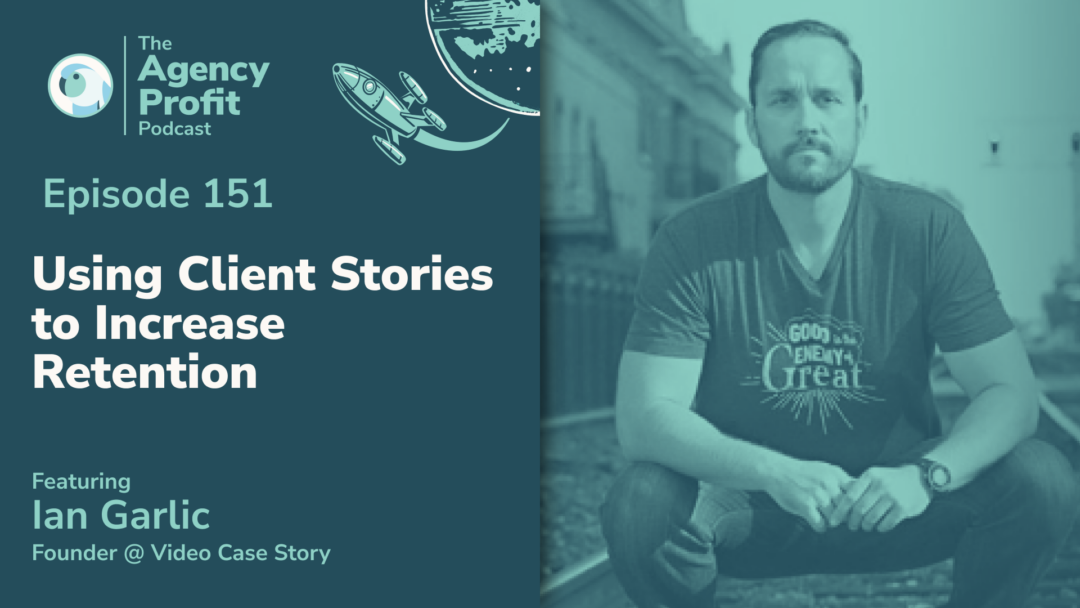Imagine you’re planning a party, and you’ve set a budget for how much you’re willing to spend. You estimate you’ll need a certain amount for food, decorations, and entertainment. Now, the actual cost of the party can turn out to be higher or lower than what you initially planned. That’s where “cost variance” comes into play. Lucky for you, we’ve developed a cost variance calculator below that outputs other adjacent metrics like your Schedule Variance, CPI and Cost at Completion.
Here it is!
Want to learn more about the theory behind these numbers in the cost variance calculator? Keep reading.
What Is Cost Variance?
Cost variance in professional services is a bit like that party budget. It’s the difference between what you thought you’d spend and what you actually spend on a project or service. This concept is really important in digital agencies offering their services like consulting, marketing, development, etc.
When you hear “cost variance,” think of it as a scorecard for your financial performance. It tells you if you’re doing better or worse than you expected in terms of spending. This scorecard usually shows up as either a positive number (good news) or a negative one (not-so-good news).
Defining Terminology
Before we hop into a manual calculation using the cost variance formula, let’s set some definitions so you know which scope by which to approach your inputs from.
Projected Cost / Planned Value (PV): This is your first input to the Cost Variance calculation. It’s how much value you’re planning to have earned at this point in the project. If you’re 50% through your project that is supposed to take $20,000 to complete, your PV is simply $10,000.
Actual Cost (AC): The second input in your barebones Cost Variance analysis will be Actual Cost. What costs have you incurred thus far? This is your Actual Costs.
Bonus Terminology:
Percent Complete / Earned Value (EV): This is going to be how much value you’ve actually earned at this point of the project. If you’re actually 50% of the way through a $20,000 project, then your EV will be $10,000.
Total Budget / Budget At Completion (BAC): This is your planned budget upon completion of the project. Regardless of how far through the project you are at the time of calculation, this is the number you’re expecting to spend when it’s all said and done.
How can I Calculate my Actual Costs?
You may find it difficult to figure out what you’ve actually spent on a project. Mainly these expenses will be coming from the cost of those you employ, through a metric like their Average Cost Per Hour. With these numbers, combined with a compliant time tracking process, you should be able to calculate what you’ve spent to deliver.
Simply put, you can generally measure your actual costs by multiplying the number of hours worked by your team, by the Cost Per Hour of those team members.
Measuring hard costs or pass-through expenses will be a question or paying attention to invoices from those external vendors and comparing them to the original budget.
How to Calculate Cost Variance
With the above variables, we can start a barebones calculation of cost variance by comparing your Planned Value (PV) to your Actual Cost (AC).
This is essentially comparing the actual cost of your project to the planned value that you had estimated or anticipated to have incurred by this point in time.
The output of a cost variance calculation can be expressed as a number: either positive (signifying a favorable outcome) or negative (indicating an unfavorable one). It’s also able to be calculated as a percentage, which we’ll get into later.
Let’s get into the formula itself.
Cost Variance Formula
Here is the cost variance formula:
Cost Variance = PV – AC
Example:
Imagine you’ve just completed a year-long consultancy project with one of your clients. It had a budget of $50,000. After reviewing your metrics, your firm spent $60,000 delivering the project. I’m sure you can see where this is going.
Your AC of $60,000 was $10,000 more than your PV of $50,000. Your estimate was off, leading to a Cost Variance of -$10,000.
Cost Variance = PV – AC
Cost Variance = $50,000 – $60,000
Cost Variance = -$10,000
In a situation where you’re seeing a negative cost variance and don’t know why, it presents and opportunity for you and your team to review your estimates and the project as a whole to narrow down on the “why”. If you’d like meeting templates to install on a regular cadence to ensure you’re not missing out on valuable information, get them for free in the Agency Profit Toolkit.
Bonus Metrics
Our above calculator also shows helpful metrics such as Cost-Performance-Index (CPI), Schedule Variance, Schedule Performance Index (SPI), and Estimated At Completion (EAC).
While Cost Variance is a helpful metric, these other performance indicators can help you make more informed decisions. You can learn more about these metrics in the FAQ’s below.
FAQs
What is Cost Performance Index?
Of course! The Cost Performance Index (CPI) is a crucial metric in project management that assesses the efficiency of cost utilization in a project. It provides insights into how effectively the project’s resources are being used in terms of budgeted costs.
Mathematically, the CPI is calculated using the following formula:
CPI = EV/AC
Where:
– EV (Earned Value) is the value of the work that has actually been completed by a particular time.
– AC (Actual Cost) is the actual cost incurred for the work performed by that time.
The result, CPI (Cost Performance Index), can be interpreted as follows:
– CPI > 1: The project is under budget.
– CPI = 1: The project is right on budget.
– CPI < 1: The project is over budget.
Example:
Let’s consider a project that has an Earned Value (EV) of $500,000 but has incurred an Actual Cost (AC) of $520,000 at a certain point in time. The Cost Performance Index (CPI) would be:
CPI = $500,000/$520,000
The Cost Performance Index (CPI) for the project is approximately 0.9615.
This means the project is using its resources at roughly 96.15% efficiency compared to what was planned. Since the CPI is less than 1, it indicates that the project is over budget. In other words, for every dollar budgeted, only about $0.9615 worth of work is being accomplished.
What is Schedule Variance (SV)?
Schedule Variance (SV) is a key metric in project management used to assess the time performance of a project. It measures the difference between the work that was planned to be done by a certain time and the work that has actually been completed by that time.
Mathematically, Schedule Variance is calculated using the following formula:
SV = EV – PV
Where:
– EV (Earned Value) is the value of the work that has actually been completed by a particular time. It represents the budgeted cost for the work that has been done up to that point.
– PV (Planned Value) is the value of the work that was planned to be completed by that time. It represents the budgeted cost for the work that should have been done up to that point.
The result, SV (Schedule Variance), can be interpreted as follows:
– SV > 0: The project is ahead of schedule.
– SV = 0: The project is on schedule.
– SV < 0: The project is behind schedule.
Example:
If a project has an Earned Value (EV) of $500,000 and a Planned Value (PV) of $550,000 at a certain point in time, the Schedule Variance (SV) would be:
SV = $500,000 – $550,000 = -$50,000
This indicates that the project is behind schedule by $50,000 worth of work.
What is Schedule Performance Index?
The Schedule Performance Index (SPI) is another crucial metric in project management, used to gauge the efficiency of time utilization on a project. Unlike the Schedule Variance (SV), which gives a difference in terms of budgeted cost, the SPI provides a ratio that offers insights into the rate at which the project is progressing compared to its planned schedule.
Mathematically, SPI is calculated using the following formula:
SPI = EV/PV
Where:
– EV (Earned Value) is the value of the work that has actually been completed by a particular time.
– PV (Planned Value) is the value of the work that was planned to be completed by that time.
The result, SPI (Schedule Performance Index) , can be interpreted as follows:
– SPI > 1: The project is progressing at a faster rate than planned and is ahead of schedule.
– SPI = 1: The project is progressing exactly as planned and is on schedule.
– SPI < 1: The project is progressing at a slower rate than planned and is behind schedule.
Example:
Using the same values from the previous example, where a project has an Earned Value (EV) of $500,000 and a Planned Value (PV) of $550,000 at a certain point in time, the Schedule Performance Index (SPI) would be:
SPI = $500,000/$550,000
The Schedule Performance Index (SPI) for the project is approximately 0.9091
This means the project is progressing at roughly 90.91% of the rate it was planned to. Since the SPI is less than 1, it indicates that the project is behind schedule.
What is Estimated at Completion (EAC)?
Estimated At Completion (EAC) provides an estimate of the total cost of the project when it is completed, based on the project’s performance up to the current point in time. It offers a forecast of what the total project cost will be, given the current cost and schedule performance.
EAC can be derived in various ways, depending on the assumptions and available data. Here are some common formulas:
1. Assuming original estimate is flawed (or no variances from the BAC at project completion are anticipated):
EAC = AC + ETC
Where ( ETC ) (Estimate To Complete) is the estimated cost to finish the remaining work and can often be recalculated as BAC – EV, where BAC is the Budget At Completion.
2. **Assuming current variance is typical for the future (or future performance will be the same as past performance)**:
EAC = BAC / CPI
This is the formula being used in the calculator above
3. **Assuming both cost and schedule performance will influence the EAC**:
EAC = AC + (BAC – EV)/(CPI*SPI)
4. **Assuming future work will be accomplished at the budgeted rate (or current variances are seen as atypical)**:
EAC = AC + (BAC – EV)
Example:
In this example, we’ll use the second formula, which assumes that the current cost performance (CPI) will continue for the duration of the project. In our experience this tends to be the most common way to look at BAC. This is also the formula we’re using in the calculator above.
– BAC (Budget At Completion) is the total planned cost for the project. Let’s assume it to be $1,000,000 for this example.
– CPI (Cost Performance Index) is approximately 0.9615, as we’ve calculated.
The EAC would be:
EAC = BAC/CPI
Where:
– BAC (Budget At Completion) is the total planned cost for the project. Let’s assume it to be $1,000,000 for this example.
– CPI (Cost Performance Index) is approximately 0.9615
EAC = $1,000,000 / 0.9615
EAC = $1,040,000
The Estimated At Completion (EAC) for the project, using the assumption that current cost performance will continue for the rest of the project, is approximately $1,040,000.
This means that if the project continues with its current cost performance (as indicated by the CPI), the total cost of the project upon completion is forecasted to be $1,040,000, which is $40,000 more than the original budget (BAC) of $1,000,000.
What is a cost variance percentage?
Cost variance percentage (CV%) is a metric that expresses the difference between actual costs and planned costs as a percentage of the planned budget. Once you’ve determined your Cost Variance above, you’ll be able to calculate your CV%.
The formula for calculating CV% is:
CV% = (Cost Variance / Planned Cost) * 100
Where:
- Cost Variance: The difference between actual and planned costs.
- Planned Cost: The initial budgeted amount.
Similar to how you’d interpret cost variance, a positive CV% indicates that costs were less than budgeted, which is favorable, whereas a negative CV% means costs exceeded the budget.
What do cost variances measure?
Cost variances measure the difference between what a project or operation was supposed to cost (according to the budget) and what it actually cost. They tell us if we’re spending more or less than planned and whether we’re managing our money efficiently. Cost variances help us evaluate financial performance, make decisions, and learn how to do things better in the future.
What is variable cost variance?
Variable cost variance, just like cost variance, is like checking the difference between what you expected to spend and what you actually spent on things that change with how much you produce or provide. These changing costs are things like materials, labor, and other expenses that go up or down as you make more or fewer products or deliver more or fewer services.
To calculate variable cost variance, you just subtract what you actually spent from what you planned to spend on these changing costs.
What if cost variance is negative?
A negative cost variance means you’ve spent more money than you originally thought you would. It’s not a good thing because it can hurt your finances. When you see this, it’s a signal to investigate why your costs went up. You might need to find ways to control spending better or make changes to your plans. It’s like realizing you’ve overspent on a shopping trip; you need to figure out why and adjust your budget for next time.
Closing
In wrapping things up, think of understanding cost variance as keeping a close eye on your financial map. It’s like comparing what you planned to spend on a road trip with what you actually spent along the way. This comparison helps you navigate your financial journey and make informed decisions about your finances.
If you come across a negative cost variance, consider it a financial caution sign. It’s a bit like realizing you’ve spent more at the mall than you intended. Take that as an opportunity to dig deeper. Find out why your costs went up, tweak your spending strategies, and adjust your financial plans for future trips. Be informed by other metrics like schedule variance and CPI. The key is to stay vigilant, track your metrics closely, and use tools like our cost variance calculator to stay in control of your agency’s profitability.








0 Comments